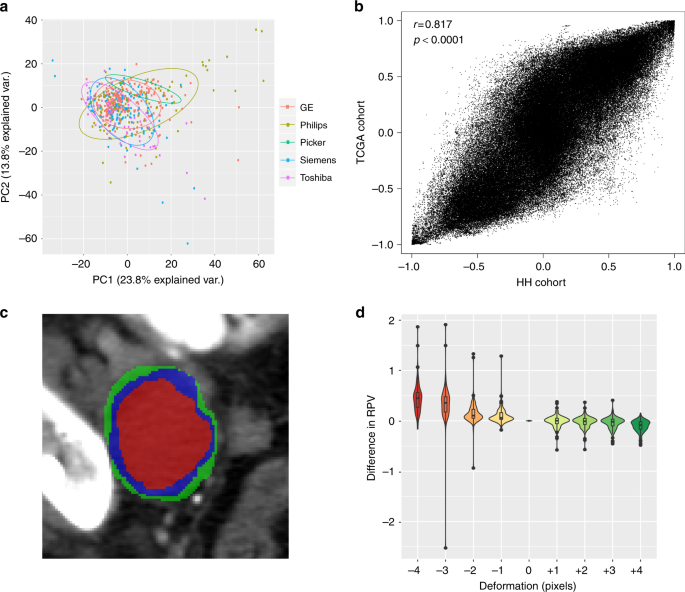Concussions, TBI, the NFL and Science
With players (and fans!) gearing up for the Super Bowl this weekend, it’s a good time to look back at the concerns revolving around concussions and contact sports. It’s definitely on the minds of Patriots fans, as they wait to see if Rob Gronkowski will be able to play in the big game.
The NFL has introduced concussion protocols and invested in research on improved player protection, but traumatic brain injury (TBI) is still on the rise. According to USA Today, players suffered more concussion in 2017 than in each of the five previous years.

Graphical depiction of the impacts from the human study showing the location (arrow tips), magnitude (arrow lengths) and direction (arrow orientation) of head impacts. Image credit: Intelligent Mouthguard, ConsultQD, Cleveland Clinic.
The increased attention on TBI is coming from all sides. Doctors have recommended banning youth football through high school. Researchers from Boston University and the Department of Veterans Affairs found the degenerative disease known as chronic traumatic encephalopathy (CTE) in 96 percent of NFL players that they’ve examined postmortem. Earlier this month, the NFL announced it will grant $16.3 million to three research projects focusing on neurodegenerative diseases.
The science behind the diagnosis and treatment of concussions
With the increased focus on TBI, it was no surprise to find many researchers working on the issue. Much of the research focuses on brain mapping, while other research is working on improving the accuracy of sideline diagnosis.
The NFL concussion protocol addresses sideline diagnosis. It requires two independent neuro-specialists at each game, one on the sidelines and one as a spotter from the upper booths. Either neuro-specialist can stop a game and pull a player out that is suspected to have a concussion. But the observers must make a judgment call on both the severity of a hit and its likeliness to cause a concussion, all while monitoring 22 players at a time. The current methodology for sideline diagnosis is highly subjective and inconsistent, as evidenced by undiagnosed concussions each season.
Severity of impacts and the effect on concussions
One way to gauge the severity of individual impacts is with a dosimeter, designed to measure the intensity of each individual collision. Dosimeters have largely been designed as skullcaps or helmet-based systems. These implementations have been shown to move during impact, thus creating erroneous data. To date, these dosimeters have been unable to meet the NFL specifications.
Researchers Adam Bartsch and Sergey Samorezov and their team at the Cleveland Clinic have developed a single event head impact dosimeter called the Intelligent Mouthguard. It provides data on the important aspects of head impacts: magnitude, location, and orientation, all as functions of time for each and every impact. The mouthguard functions as an objective observer, equipped with kinematic sensors and Bluetooth technology to accurately measure head movement in real-time. It instantly provides results to a caregiver, such as an athletic trainer, on the sidelines.
The mouthguard resolved the issue of relative motion between head and dosimeter during impact: The custom fit mouthguards stay in place and move as one with the head throughout the impact.
“The OEM kinematic sensors, however, initially proved problematic, as they weren’t designed specifically for head impact measurement applications,” said Dr. Bartsch, director of the Cleveland Clinic Head, Neck and Spine Research Laboratory. “In a prototype research mouthguard, the OEM gyroscope had a manufacturer specified corner frequency of 110 Hz which caused angular acceleration underestimation. The underestimation worsened with decreasing impact duration and increasing impact amplitude.”
So Bartsch and Samorezov developed an algorithm in MATLAB to calculate gyroscope correction factors for frequencies up to 370 Hz. The algorithm was then verified in benchtop datasets where the gyroscope was tested in one-degree-of-freedom (1DOF) rotation.
Later, the same correction algorithm was verified under full-scale 6DOF system tests using crash test dummies. For athlete-based testing, the correction was applied algorithmically in a similar fashion as 6DOF system tests after confirming human data were within laboratory calibrated performance ranges.
“This systematic approach allowed us to use the OEM gyroscope and implement the correction algorithm to quantify impact kinematics in the virtual world, in the laboratory and in the real-world within about 5% of the true value,” added Bartsch.
Published test data demonstrates that the Intelligent Mouthguard meets NFL validity specifications as a single-event head impact dosimeter, unlike its helmet-based predecessors. The team hopes to utilize the Intelligent Mouthguard in conjunction with the Cleveland Clinic’s Concussion Assessment System to quantify clinically relevant behavioral deficits as a function of head impact intensity, frequency, and duration. The end goal is to make football and other contact sports safer for players by using objective and accurate head impact measures to identify any risky impact – or series of impacts – in real time during play.
 Cleve’s Corner: Cleve Moler on Mathematics and Computing
Cleve’s Corner: Cleve Moler on Mathematics and Computing The MATLAB Blog
The MATLAB Blog Guy on Simulink
Guy on Simulink MATLAB Community
MATLAB Community Artificial Intelligence
Artificial Intelligence Developer Zone
Developer Zone Stuart’s MATLAB Videos
Stuart’s MATLAB Videos Behind the Headlines
Behind the Headlines File Exchange Pick of the Week
File Exchange Pick of the Week Hans on IoT
Hans on IoT Student Lounge
Student Lounge MATLAB ユーザーコミュニティー
MATLAB ユーザーコミュニティー Startups, Accelerators, & Entrepreneurs
Startups, Accelerators, & Entrepreneurs Autonomous Systems
Autonomous Systems Quantitative Finance
Quantitative Finance MATLAB Graphics and App Building
MATLAB Graphics and App Building








Comments
To leave a comment, please click here to sign in to your MathWorks Account or create a new one.